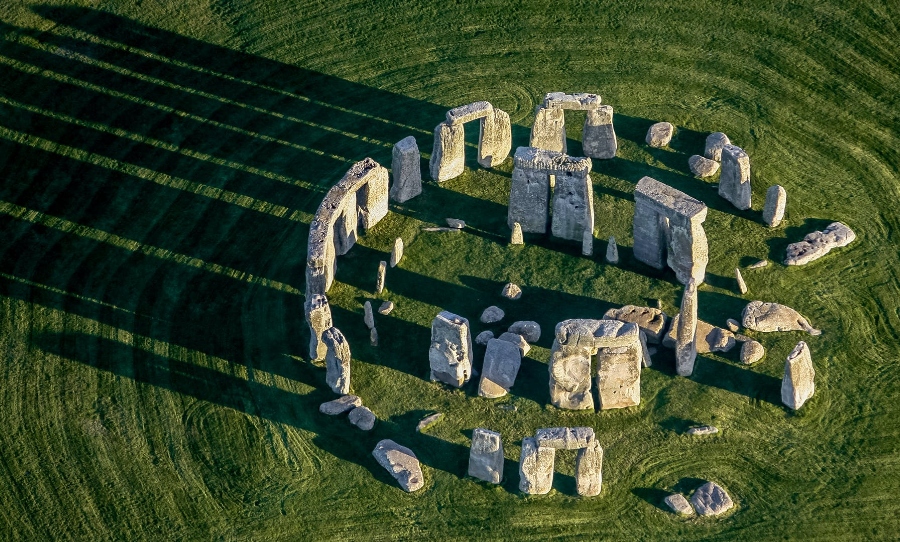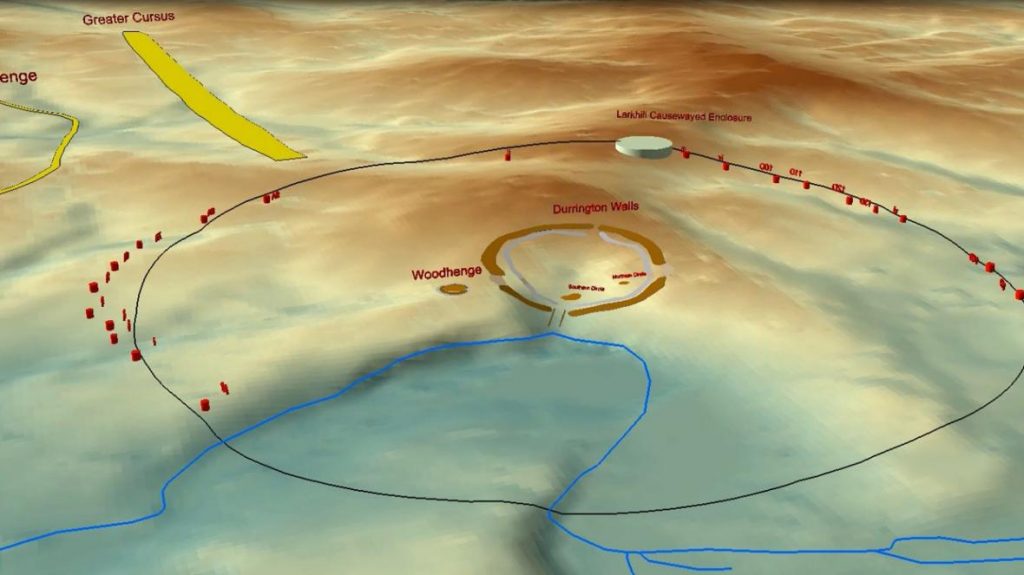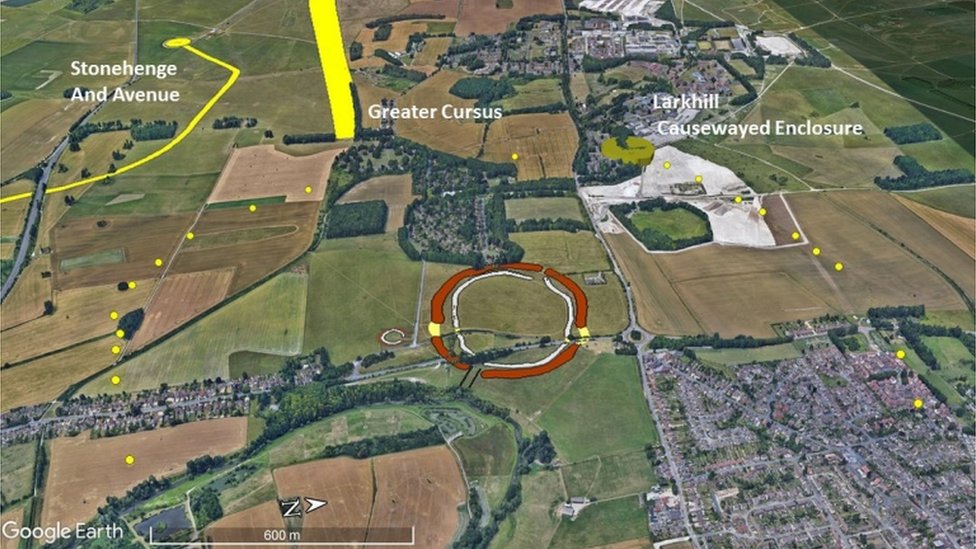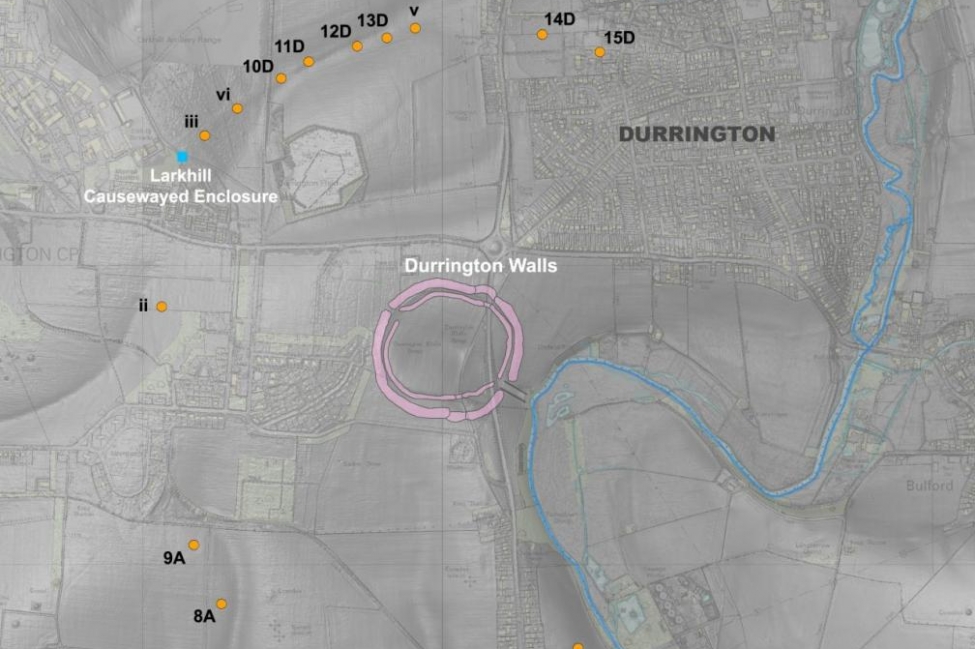Recent fieldwork carried out in the surrounds of Stonehenge has revealed a major new discovery.
The findings are a large ring of pits which encircle a 2km area around the nearby neolithic Durrington Walls settlement, in what is being dubbed by scientists as the largest prehistoric monument ever discovered in Britain.

The mystery of Stonehenge deepens: a recent discovery shows a circle of massive pits surrounding the nearby town of Durrington Walls, dug over 4,000 years ago.
Tests suggest that the shafts were excavated around 4,500 years ago and scientists believe they have operated as a kind of boundary around the area. Each shaft measures a massive 10 metres in diameter and 5 metres in depth, making them a lot larger than any other prehistoric monument in the UK. They were discovered using remote sensing technology and sampling.
The research is being carried out by a team of academics from a collection of universities including St Andrews, Birmingham, Warwick, Bradford, Glasgow, and the University of Wales Trinity Saint David.

Speaking on the discovery, lead researcher, Professor Vince Gaffney from the University of Bradford, described that the pits revealed “the capacity and desire of Neolithic communities to record their cosmological belief systems in ways, and at a scale, that we had never previously anticipated”.
Describing Stonehenge as one of the most studied archaeological sites on earth, Gaffney noted that it was incredible that new technology allowed for new discoveries on such a massive scale.

“When these pits were first noted, it was thought they might be natural features,” he continued. “Only through geophysical surveys, could we join the dots and see there was a pattern on a massive scale.”
Gaffney described that in order to determine more about the pits further excavation was needed. However, at this stage researchers believe they served as a boundary which perhaps designated Durrington Walls as a special place or even divided it from the Stonehenge area. The construction of such pits would have involved “considerable organisation of labour” and it appears at the time they were left open.

The discovery only serves to further the intrigue of the area, with the nearby Stonehenge remaining one of the most mysterious prehistoric sites, with centuries of speculation surrounding its purpose.
Check out a video on the discovery below.
Next Up: Scientists have revealed the clearest ever image of Jupiter



